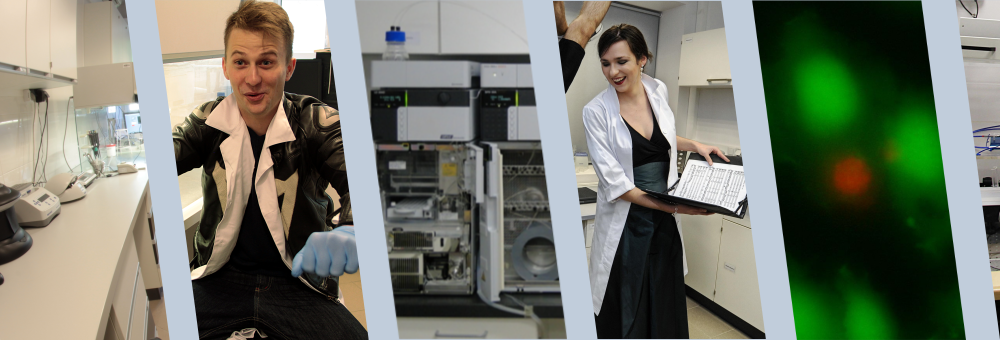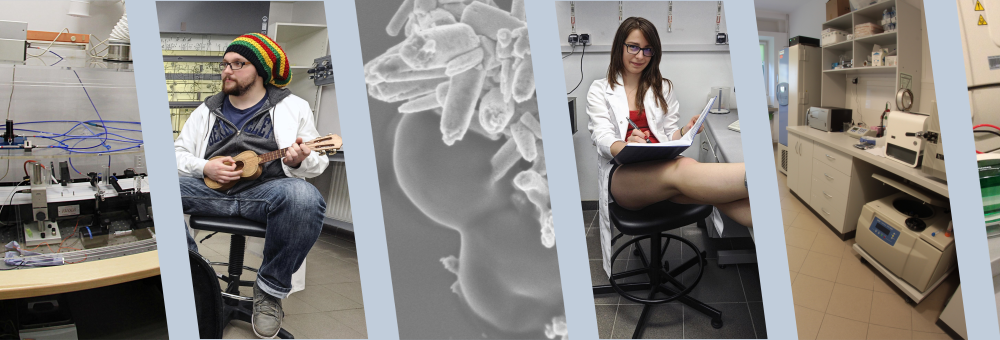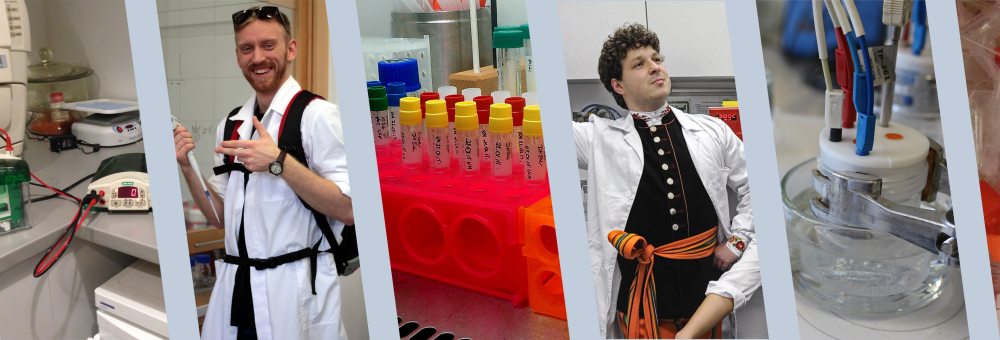Publication
Phase separation in binary polymer/liquid crystal mixtures: Network breaking and domain growth by coalescence-induced coalescence
Author(s): Demyanchuk, Iryna and Wieczorek, Stefan A. and Holyst, Robert
Title: Phase separation in binary polymer/liquid crystal mixtures: Network breaking and domain growth by coalescence-induced coalescence
Abstract: A small-angle light scattering (SALS) technique together with optical observation are used to investigate phase separation kinetics films of low molecular weight thermotropic liquid crystal octyl-biphenyl, 8CB) with flexible polymer ( polystyrene, The growth of domains is studied as a function of time, film and film composition. The light scattering results are with the images obtained by optical microscopy observation. this paper, we study the breaking of a bicontinuous network of in liquid crystal into droplets and their further growth via the coalescence mechanism. The appearance of droplets in system leads to a strong scattering at small wave vectors, while the network gives a peak at a nonzero wave vector. of these scattering intensities leads to the appearance of second peak in the full scattering intensity signal, when the network starts to break up into disjointed elongated Finally, both peaks merge into a single peak, which moves toward zero wave vectors, indicating a complete transformation elongated domains into spherical droplets of variable size. We found the separation process does not depend on the size of the system. of the sample thickness, the network breaks into fragments at the same time after temperature quench. On the basis of analysis, we found that the average size of the droplets
Pages: 9869-9875
Journal: JOURNAL OF PHYSICAL CHEMISTRY B
Volume: 110
ID: ISI:000237626400025
Year: 2006
DOI: 10.1021/jp0574091









